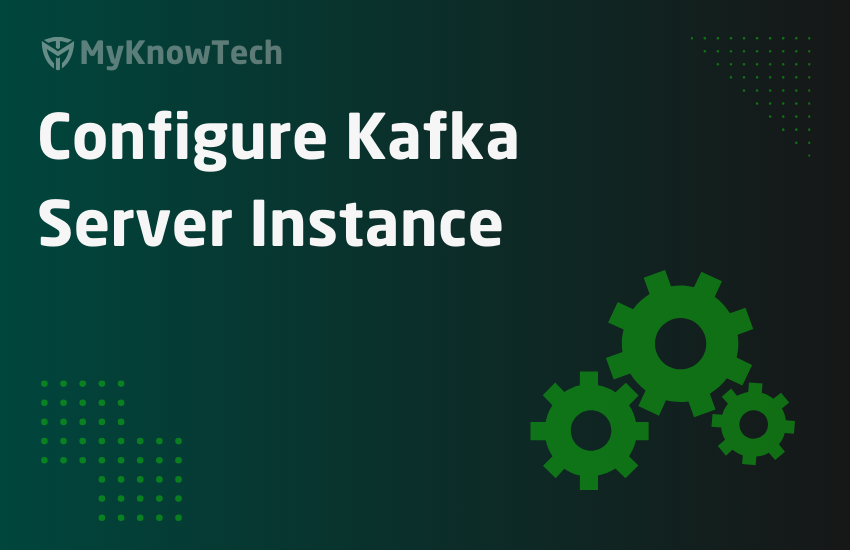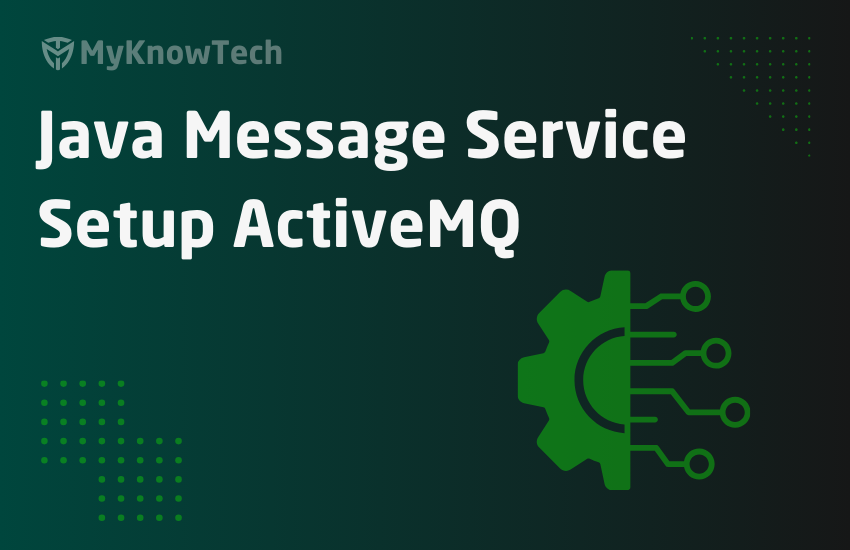In this blog article, we will talk about the Linked property configuration and its usage. What is a linked property? Linked property is a single-value property that can act as a linking pin between any two instances. In Pega we have different instances like work and data instances under different concrete classes. Let’s say you […]
Savable Data Pages in Pega
In this blog article, we will see about the configuration and usage of savable data pages. This tutorial was implemented using Pega personal edition 8.5 For some basics about data pages, you can visit my other blog article on data pages – When we think about data pages, the first thing that comes to our […]
Parallel Processing Flow types in Pega – tutorial
In this blog article, we will have hands-on on configuring different parallel processing under case context. It is mandatory to visit my previous blog article on parallel processing types and configurations. We will be using the same use case. Let’s straightaway start with testing the Split-Join part. Split-Join We are going to implement the below […]
OAuth 2.0 – Part 2 – Pega as OAuth Client – Client Credentials Grant Type
This is the continuation of the previous blog article. In this article, we will see how Pega can act as an OAuth client using the Client credentials grant type. The article was created using earlier Pega 8 version! but the core concept remains the same! Use this blog article to learn the concepts and you […]
Kafka – Part 8 – Pega as Kafka Producer
In the previous article, we saw how Pega can consume messages from an external Kafka server. It is recommended to visit the Kafka articles in order for a better understanding. https://myknowtech.com/tag/kafka In this article, we will see how Pega can produce Kafka messages to an external Kafka server. This tutorial is implemented using Pega personal […]
Kafka – Part 7 – Pega Consumes the External Kafka Messages
In the previous blog article, we saw how we can make a connection between Pega and an external Kafka server. It is recommended to visit the Kafka articles in order for a better understanding. https://myknowtech.com/tag/kafka In this blog article, we will see how Pega can consume the Kafka messages published in the external Kafka server. […]
Kafka – Part 6 – Configure Kafka Server instance in Pega
In another blog article on queue processor, we saw that Pega internally has its native Kafka server to perform stream processing. It is recommended to visit the Kafka articles in order for better understanding. https://myknowtech.com/tag/kafka In this blog article, we will see how Pega can make a connection to an external Kafka server. This tutorial […]
Java Messaging Service – Part 2 – Setup ActiveMQ
In this blog article, we will see setting up ActiveMQ JMS provider in the local machine. We will also Create a new queue destination and send a message to the queue. Finally, we will setup an optional web console hawtio to administer the ActiveMQ It is recommended to visit the previous article on JMS series […]
Workparties – Usage and Configurations in Pega
In this blog article, we will learn about Workparty or case participants in Pega. Take any Pega case as an example. The case normally has a lifecycle with different stages, processes and steps. The case can progress through different statuses during its life cycle. During the case lifeccyle, there can be different participants to the […]
Core Concepts – Rule Availability in Pega
In this blog article, we will understand about the rule availability concept. Update: The concept of Rule availability remains the same across different Pega versions. The screenshots in this blog article were reused from Pega 7 version. Use this blog article to learn the concepts and you can try it out in the latest versions […]










